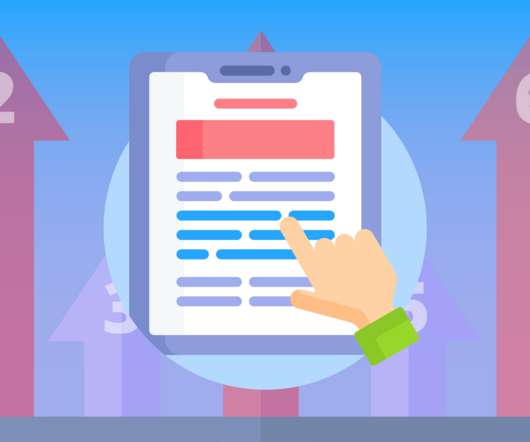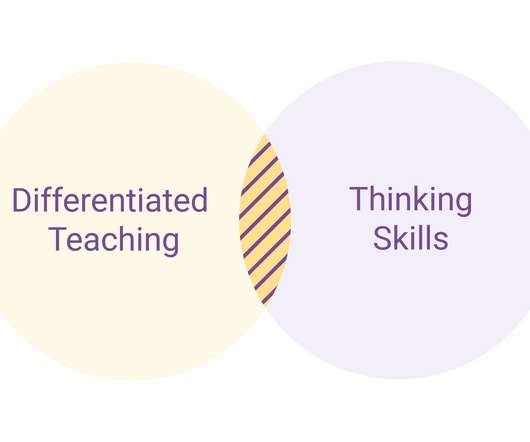Personalized Learning and Digital Tools Weave Strong Fabric for Student Success
EdTech Magazine
APRIL 3, 2018
According to Project Tomorrow’s 2017 Speak Up Research Project for Digital Learning , 56 percent of parents of school-aged children are concerned that their child isn’t learning the right skills in school to be successful in college or a future job. Technology impacts instruction in a positive way, the report states.


























Let's personalize your content